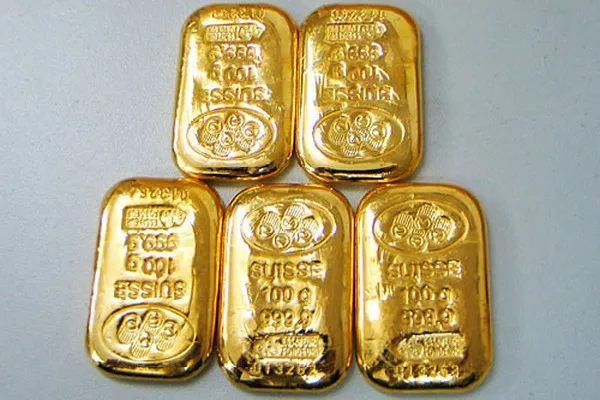Gold prices (XAU/USD) remained under pressure during the first half of Monday’s European trading session, hovering near the lower boundary of their daily range. The US military strike on Iran’s nuclear facilities over the weekend has heightened fears of a wider Middle East conflict, bolstering the US Dollar’s (USD) position as the global reserve currency. Additionally, the Federal Reserve’s hawkish stance supports the dollar and weighs on demand for gold, a non-yielding asset.
Despite geopolitical tensions raising investor anxiety amid ongoing trade uncertainties, gold has retained some safe-haven appeal. This cautious sentiment is preventing traders from aggressively betting on further price declines. Market participants are advised to await strong confirmation of a selling trend before committing to positions extending the recent sharp retreat from last Monday’s near two-month high.
Geopolitical Developments Impacting Markets
In a major escalation of the Iran-Israel conflict, the US conducted airstrikes on three Iranian nuclear sites—Fordo, Natanz, and Isfahan—early Sunday. Iran’s Foreign Minister Abbas Araghchi condemned the attacks as outrageous and warned of lasting consequences. He vowed that Iran would defend itself by any means against both US military actions and what he described as the “reckless and unlawful” Israeli actions.
US President Donald Trump responded by warning that any retaliation from Iran would be met with even greater force, declaring that Iran faces either peace or tragedy. This intensification raises concerns about a broader regional conflict, underpinning demand for gold as a safe haven amid geopolitical uncertainty.
Federal Reserve’s Policy Outlook
The Federal Reserve forecasts two interest rate cuts this year but anticipates only one 25-basis-point reduction in each of 2026 and 2027. Concerns remain that tariffs imposed under the Trump administration could drive consumer prices higher. This cautious monetary outlook has kept the US Dollar firm near last week’s highs and restrained gold’s potential upside.
Upcoming Economic Data and Market Outlook
Monday’s release of flash Purchasing Managers’ Indexes (PMIs) may offer new insights into global economic conditions. These data, combined with geopolitical developments, are expected to shape market risk sentiment and influence gold prices. Additionally, movements in the USD will play a key role in determining whether gold breaks out of its one-week trading range.
Technical Analysis: Potential for Further Decline
Technically, gold bears are watching for a decisive move below the 100-period Simple Moving Average (SMA) and a break beneath a short-term ascending channel before increasing bearish bets. Daily chart oscillators show weakening bullish momentum, while hourly charts indicate growing downside pressure.
If selling accelerates, gold could test intermediate support around $3,323–$3,322, potentially sliding below the critical $3,300 level.
Conversely, the $3,400 mark has emerged as a strong resistance point. A sustained rally above this level could push gold toward $3,434–$3,435 and further up to last week’s near two-month peak around $3,451–$3,452. Continued buying strength may even challenge the all-time high near the psychologically significant $3,500 level, where the ascending channel resistance could cap further gains.


